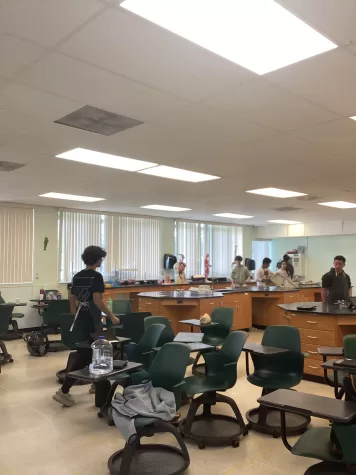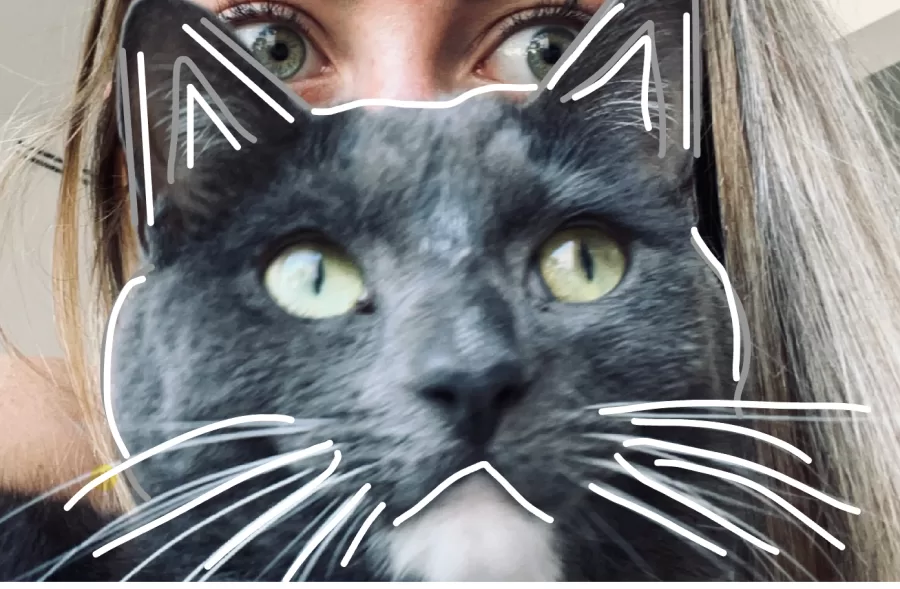Cats DON’T Belong In the Classroom
More stories from Holland Ramos
Our furry feline friends should be cared for and loved, not experimented upon.
Dissecting a cat might be one of the most unique and distinctive school experiences for many students. The excitement of being in a lab coat while looking at the rare sighting of a cat’s interior may serve as a powerful learning opportunity, both positive and negative.
As Immaculata-La Salle’s anatomy classes begin a cat dissection lab experiment, students should prepare to be exposed to what six to twelve million animals are victims to, school dissections.
The practice of animal dissections in educational settings dates back as far as the 1500s. Belgian doctor Andreas Vesalius used the practice as an instructional method for his medical students.
According to The American Society for the Prevention of Cruelty to Animals (ASPCA), around 1.4 million cats are euthanized annually in the United States because of overpopulation.
Many educational institutions apply the reasoning that since the cats were not euthanized for the purpose of dissecting, but more to limit their overpopulation as these cats could be feral and/or abandoned, then using them for scientific reasons in the classroom is perfectly justifiable. After all, the cats have already been euthanized by animal control services, so might as well make the most of this circumstance.
When cats are euthanized and their bodies go on to be studied for science, the opportunity which may have existed for any of those cats to find a loving home is taken away.
Many students have furry friends at home, but it seems that as soon as the animal is laying on a medal tray, that consideration is quickly put to one side.
“Though I have a cat at home, during the dissection I was able to remove any emotions and focus on learning about the cat’s anatomy. I know it’s not as easy to do this for everyone, but for me luckily I can,” said senior Marlon Marin.

To preserve these animals, they are shipped using various chemicals, such as Carosafe, Biofresh, formalin, and formaldehyde; the latter, formaldehyde, is a chemical used as a preservative which is also found in cigarettes. Classified as a human carcinogen, even short-term exposure to it could be harmful.
Exposure to chemicals may not be a big deal for some, but the risk is not worth a science experiment, especially when their are alternatives.
Non-animal methods reduce the emotional, ethical, and religious barriers, while also avoiding the harsh chemicals. Alternatives include 3-D models, interactive models online, and watching videos of dissections that have already occurred.
“Last minute I decided to sit out of the dissection. It became very real to me what I was doing when I saw all of the cats in the plastic bags, and especially when I was able to smell the horrific scent. It may be fine for some, but for me I would rather just watch a video and learn that way, not poke and cut the animal myself,” said senior Camila Hidalgo.
Students and teachers should further question the ethics and values of using animals for dissections in the classroom. At the end of the day, some may find they learn through these dissections, yet it remains important to keep in mind not only the risks, and more importantly, the annihilation of these cats involved in so called, “harmless” lab experiments.
Your donation will support the student journalists of Immaculata-La Salle High School. Your contribution will allow us to purchase equipment and cover our annual website hosting costs.


